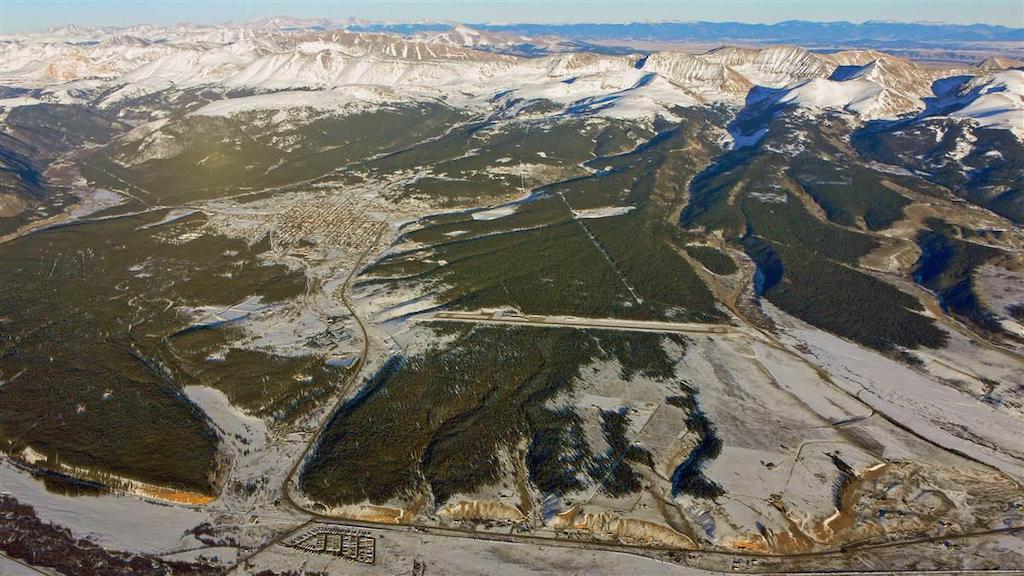
In Part 1, we discussed the NTSB’s investigation into the December 2020 accident.
The NTSB’s probable cause was “The pilot’s failure to maintain proper control of the airplane, which led to an unstabilized approach and a long landing on a runway contaminated with ice and patchy packed snow resulting in a runway excursion.”
In two previous Eclipse runway excursion accidents, one in 2008 and one in 2015, the NTSB conducted detailed analyses of the airplanes’ landing performances. In both cases, the Safety Board found the pilot exceeded his target touchdown speed and flew past the proper touchdown point.
In the 2008 case, a specialist found and examined 44 parameters on the diagnostic storage unit (DSU) that allowed the investigation to pinpoint the airplane’s precise touchdown point and speed. The pilot exceeded his maximum landing flap speed by 27 kt., and he touched down 14 kt. fast. Skid marks did not begin until 868 ft. from the far end of the runway.
In the 2015 case, a performance specialist used 15 parameters from the DSU to analyze the airplane’s landing performance. She determined that the pilot touched down at 88 kt. indicated airspeed, with only 2,408 ft. of runway remaining. The airplane stopped 200 ft. past the runway end. Braking efficiency was not a factor. In fact, it was greater than the braking efficiency of four previous landings recorded by that DSU.
The Leadville airplane touched down long and fast, and that was enough to explain the accident. Having twice analyzed long landings in Eclipse jets, the NTSB apparently decided another such performance analysis would be unnecessary.
One question remains. Why did the pilot think that the anti-skid brake system (ABS) failed? To answer this, we must consider how that system works.
According to the Eclipse Aircraft Systems manual, the ABS monitors the ratio between the airplane’s ground speed, as measured by GPS, and main landing gear wheel rotation speed. When either or both wheel speeds fall below 85% of GPS groundspeed, the side-specific brake control module diverts brake pressure through a solenoid valve, reducing fluid pressure to the brake caliper. The fluid pressure is not restored until wheel speed increases.
With the ABS armed for landing, wheel speed must spin up to at least 85% of aircraft speed before the brakes will operate. This provides touchdown protection, eliminating flat-spotting or blown tires due to aggressive braking. The lack of tactile feedback in the brake pedals the pilot noted happened because the airplane was going too fast relative to the wheels. Until the wheel speeds caught up with the airplane’s speed, the brakes were not going to be applied.
The Eclipse is equipped with an “ALL INTERRUPT” button on the sidesticks, which, when pressed and held, will inhibit the ABS and allow normal braking. However, at high speeds and with heavy braking, the risk of tire failure and loss of directional control increases.
An experienced Eclipse pilot said that they are taught to cross the threshold at 50 ft. no faster than Vref, or go around. I think there’s good reason for this emphasis on precise speed control on landing.
Unlike most jets, the Eclipse is not equipped with speed brakes, spoilers, lift dump or thrust reversers. There is no way to rapidly reduce lift. Flown precisely at the recommended Vref and touchdown speeds, the airplane’s brakes are quite effective. Landing at higher-than-recommended speeds, they are not. There is too much lift still being created by the wings.
FAA Advisory Circular 91-79A, “Mitigating the Risks of a Runway Overrun Upon Landing,” says “Timely deployment of spoilers will increase drag by 50 to 60%, but more importantly, deployment of the spoilers increases wheel loading by as much as 200% in the landing flap configuration. This increases the tire-to-ground friction force making the maximum tire braking forces available.”
In other words, spoiler deployment not only increases drag, it also places the airplane’s weight on its wheels.
I don’t think Eclipse is going to install spoilers on its airplanes, but it should be informative for Eclipse pilots to understand the difference in stopping performance between spoiler-equipped and non-spoiler-equipped airplanes. We can estimate that difference by examining the performance of other airplanes that are spoiler equipped.
In 2010, an American Airlines Boeing 757-200 overran the end of Runway 19 at Wyoming’s Jackson Hole Airport (KJAC). The runway was contaminated by packed snow, the visibility was poor, the airplane was near maximum landing weight, and, in a one-in-a-million chance, all of the airplane’s stopping devices failed. The 757’s excursion off the end of the runway ended in a snowbank, and the giant Rolls-Royce RB-211 engines were snuffed out. Then, after a short delay, the crew calmly evacuated everyone via portable stairs.
Unraveling the mystery of the flaws, malfunctions and timing coincidences that resulted in the ground spoilers, thrust reversers and auto brakes all remaining undeployed was a big challenge for the engineers. However, as a byproduct of their investigation they were able to establish the discrete stopping effect of each device.
NTSB specialists working with Boeing’s air safety investigation group did a performance analysis for the actual ambient conditions during the accident landing. Using the Boeing 757 Quick Reference Handbook and the Boeing low-speed performance analysis tool, they found a significant increase in landing distance when spoilers were not deployed.
With no thrust reversers, the difference in stopping distance on a dry runway with and without spoilers was 2,050 ft. That represented a 57% increase in landing distance when spoilers were not deployed. For a wet runway, the increase was 66%, and for a medium contamination level, the increase was 73%.
Spoilers are a great help in slowing an airplane in flight and stopping one on the ground. If you’ve been flying an airplane that has spoilers and transition to one like the Eclipse that does not, you can easily get high, long and fast on approach. Why risk a high-speed landing? Take it around and try again, and get the speed right.





